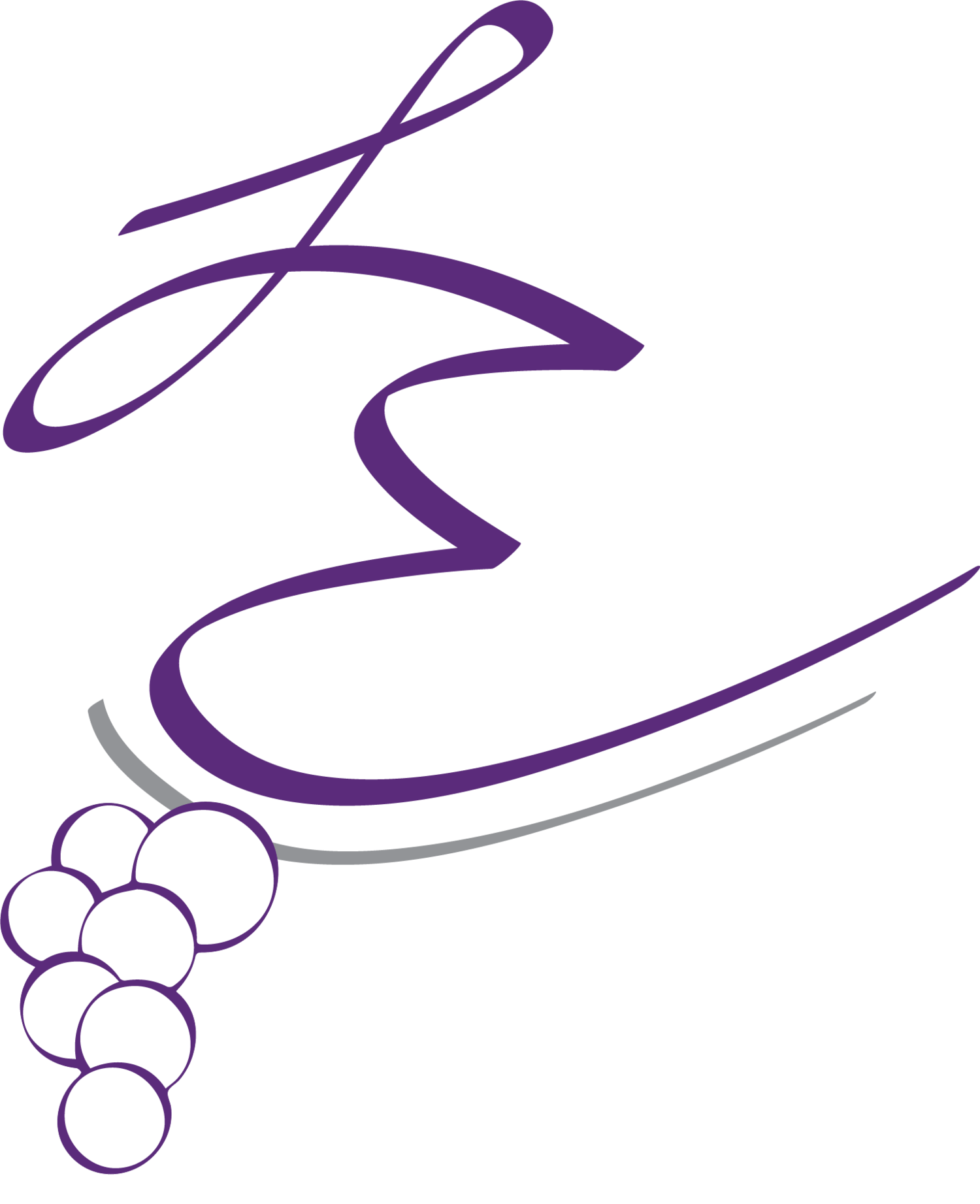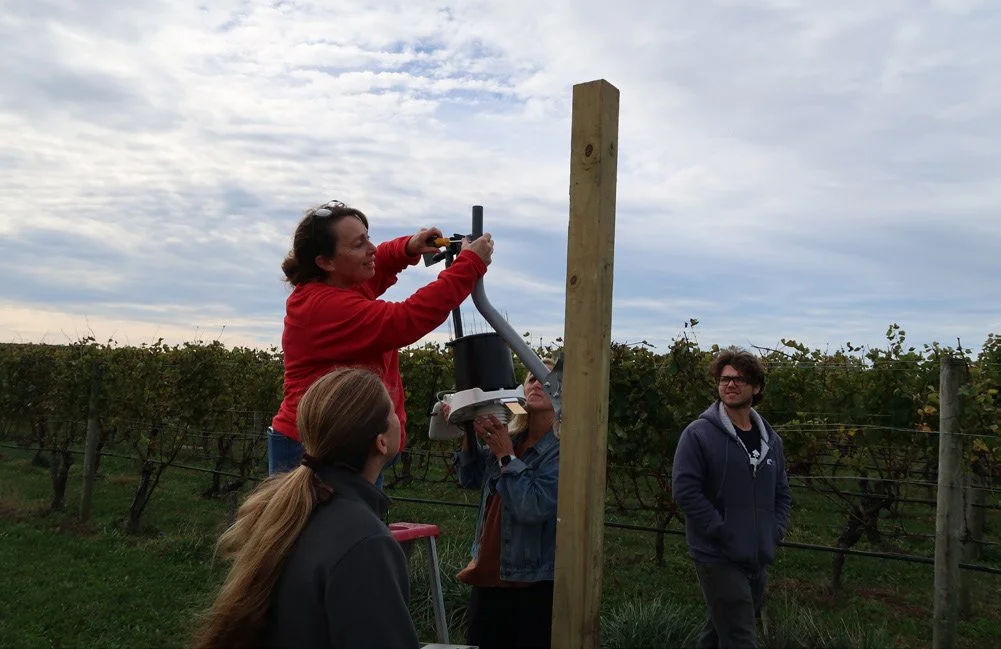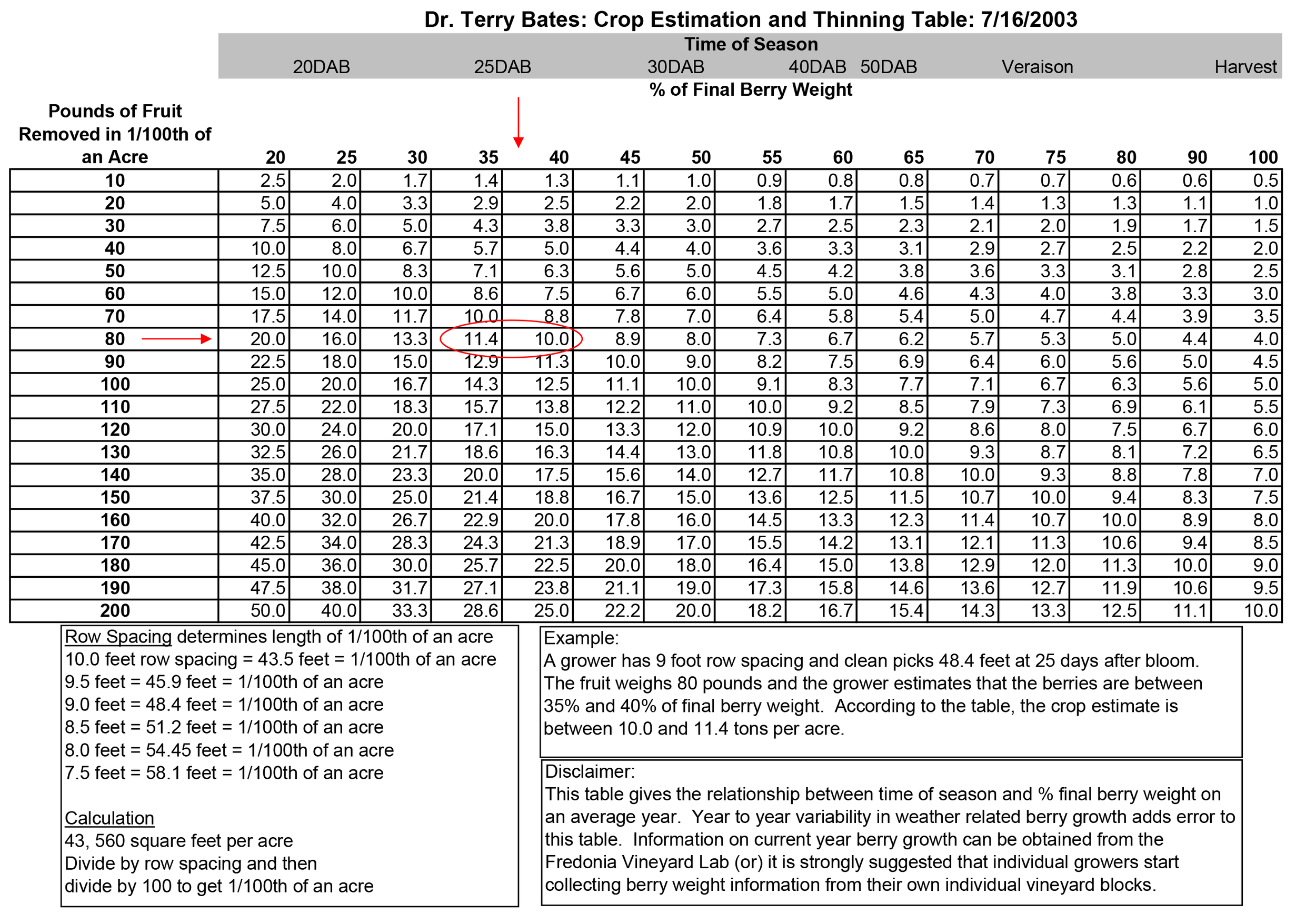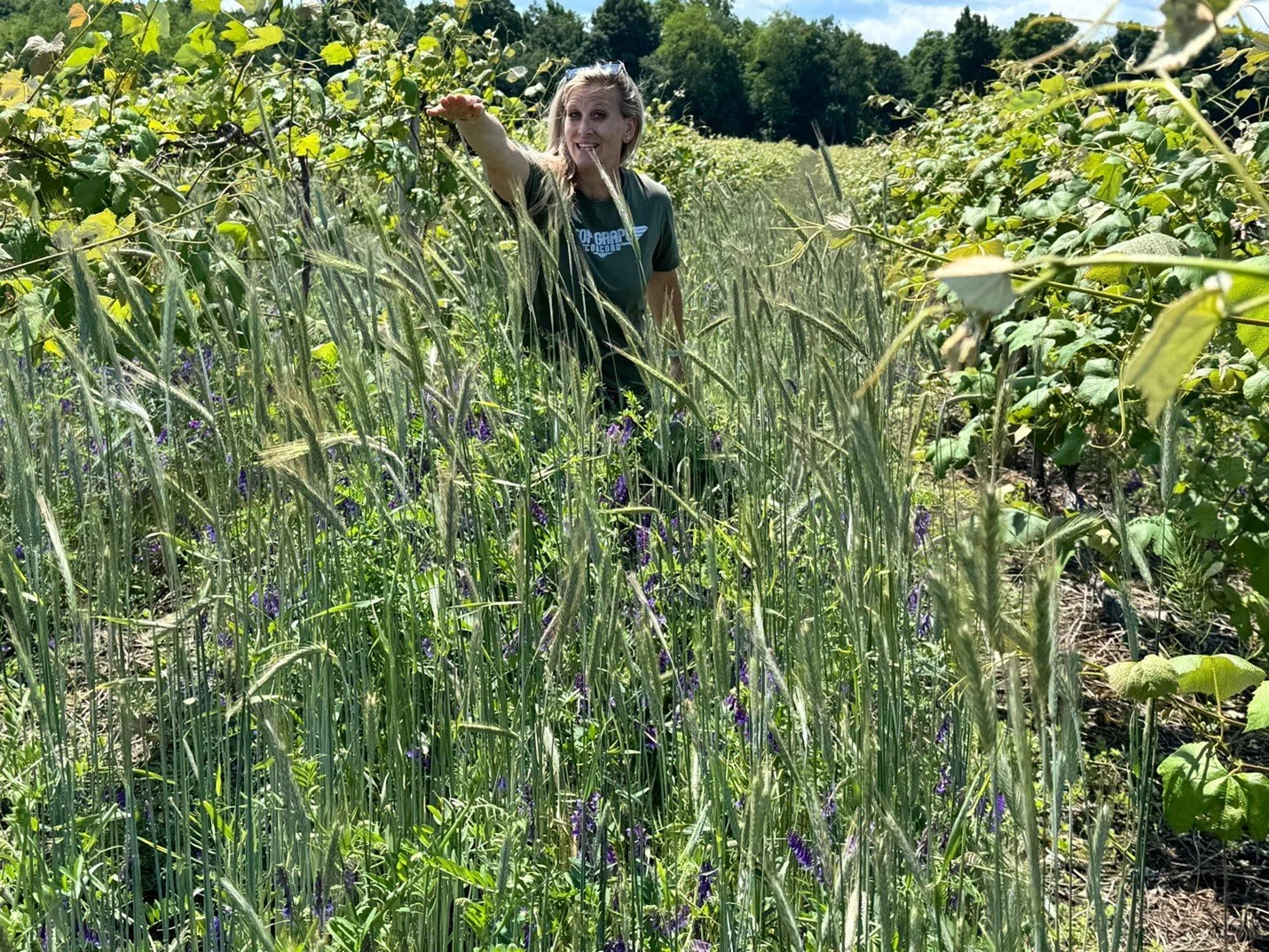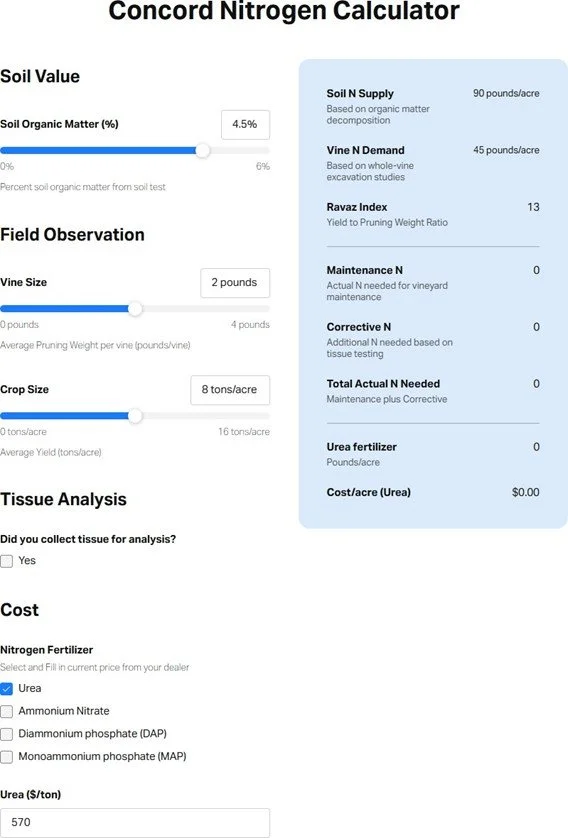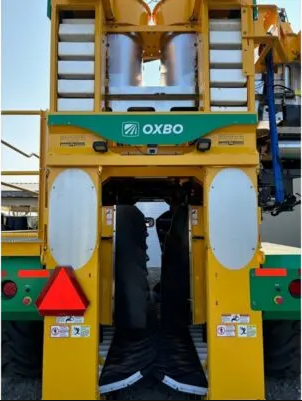
The Cornell Lake
Erie Research and Extension Laboratory
Have a question or facing a new challenge? LERGP is your partner in progress. We look forward to working with you!
There are approximately 31,500 acres of vineyard in the Lake Erie region of New York and Pennsylvania, grown on 582 farms, making this the second-largest grape-growing region outside of California.
Of this acreage, 98.5% consists of Labrusca (American Grape) varieties such as ‘Concord’ and ‘Niagara’ which are used for juice, jam, and other fresh or fermented products. The Lake Erie Regional Grape Program consists of Extension Educators and research faculty/staff from Cornell University and Penn State University that crosses state lines and is bringing local experience and research-based solutions together to provide projects aimed at increasing yields, product quality, diversity and improvement of cultivars, efficiency of production, profitability and adoption of environmentally sound cultural and pest management strategies.
The Lake Erie Regional Grape Program is supported, in part, by five county Cornell Cooperative Extensions, including:
Cattaraugus, Chautauqua, Erie, and Niagara Counties in New York, and Erie County in Pennsylvania.
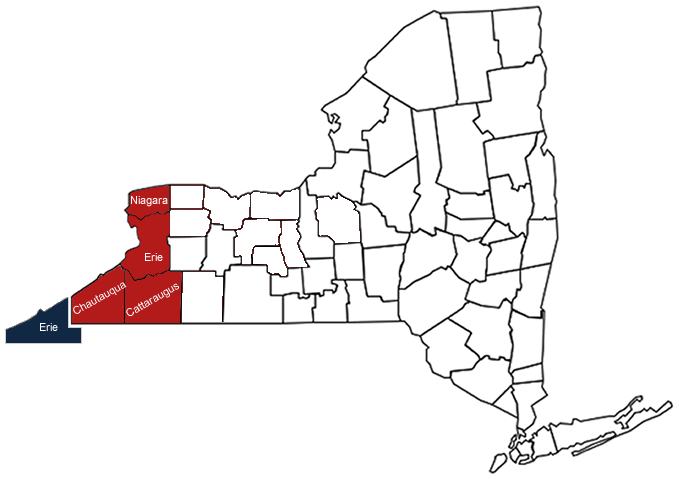
As always, appointments are a great idea if you have a specific topic to discuss with one of us!
If you have questions, please contact:
Jennifer Phillips Russo - LERGP Viticulture Specialist at jjr268@cornell.edu or 716-640-5350
Megan Luke - LERGP Penn State Extension Viticulture and Tree Fruit Educator at mfl5873@psu.edu
Andrew Holden - LERGP Penn State Extension Business Management Educator at azh6192@psu.edu
Kim Knappenberger - Extension Support Specialist at ksk76@cornell.edu
Kate Robinson - Administrative Assistant at kjr45@cornell.edu
Key Stats:
Current Concord Phenology at CLEREL
11/30/2025
GDD (Base 50) from Jan 1 = 0
(as reported on NEWA.cornell.edu – Portland station)
Precipitation from Jan 1 = 33.94” (rain/melted snow)
38-year average precipitation for November 30 = 39.09”
***Bud Break at CLEREL 4/26/25***Bud Break at NE Lab 4/25/25***
****Bloom at clerel 6/13/25****
***concord veraison at CLEREL 8/20/25***

Veraison to Harvest 2025
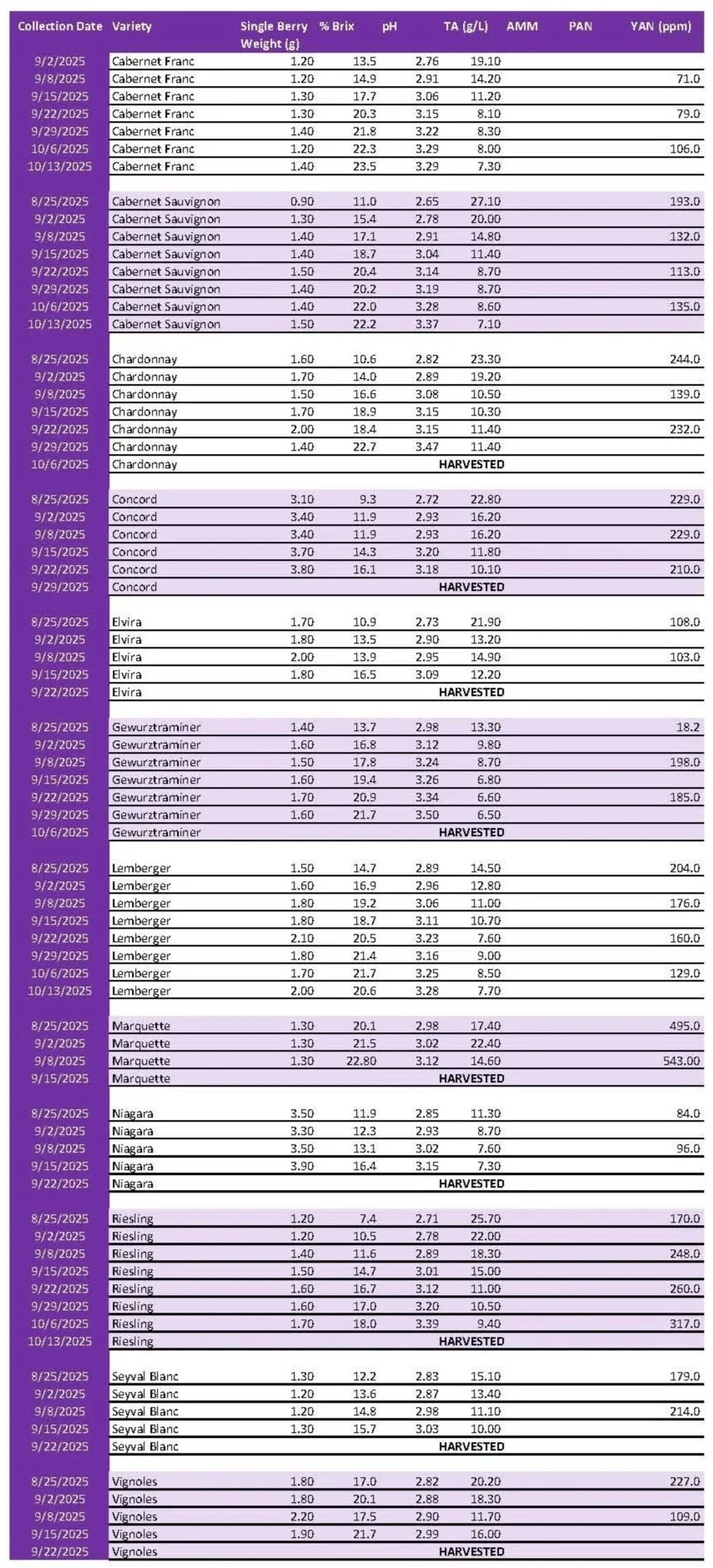
2024-2025 Bud Hardiness
You can check the progression of the bud hardiness for the Lake Erie Region and others around New York State by clicking this link. Find the grape cluster on the map that is closest to you to see the results as they are available.
Follow us below for more news/updates!
